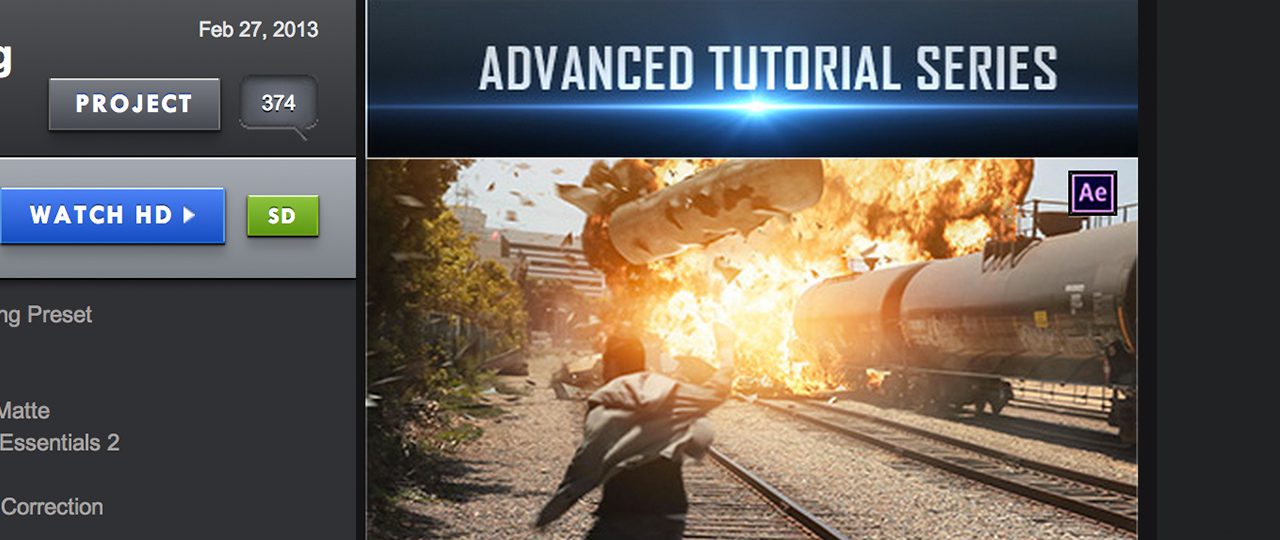A while ago I saw another very exciting tutorial on VideoCopilot.net where they showed us how to create a great-looking train explosion. As part of this tutorial, they introduced the usage of Mocha for After Effects. In this article I will conclude this for those who are especially interested in this kind of stuff or those who don’t want to watch the whole video (although I encourage you to do so). As an addition to that VideoCopilot tutorial, they offered a new After Effects presets file there which easily allows dynamic tracking in connection with Mocha. However, if you’re using a translated version of After Effects, you might have issues using it – how to fix these will be explained in the last paragraph of this article.
Category: Random
-
For today, I simply want to share something with you. But it’s not just something, to me it certainly is the most brilliant video masterpiece on the whole Internet. I mean the Internet is huge and I surely don’t know everything, but this is the best thing I’ve ever seen.
-
A while ago, I stumbled across this interesting blog where you find 10 amazing color presets for the current versions of After Effects. All you need to do to download them for free is share this post either on Twitter or Facebook (this is called Pay with a Tweet) – that’s like nothing if you check these great presets out. You will find the link below this article.
-
It’s here, the new music video for Christina Sophie’s song “A Quarter To 3”. I also composed and produced the music of the song you are hearing there, while Christina Sophie wrote the lyrics and performed it wonderfully.
Also, I am happy to announce that her first album (aswell my first album as a producer) will be out on April 12 this year. So it’s only about three more weeks! 🙂 But for now, I hope you enjoy the clip!
-
Old memories… in September 2009 me and my friend Lars-Jannik decided to make that movie about a young guy collecting greenery. Some kind of simple-minded person who, nonetheless, found himself a vocation and, nonetheless, wants a person to be loved by – this is “Leaves and Love”.
I’m kinda sad we had this beautiful idea when we weren’t technically ready for it (as you will see). But, nonetheless, I still like this piece of short movie, and I consider it the best one I created so far, ignoring the technical aspects of it. To me, this movie means so much, and this is why I gave my website its name. So maybe you get my feelings about it, maybe you don’t – anyways, I would be glad if you took five minutes of your time to check it out. Thank you!




